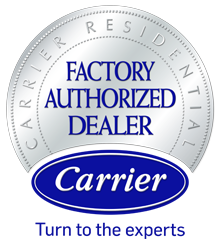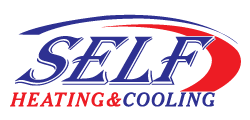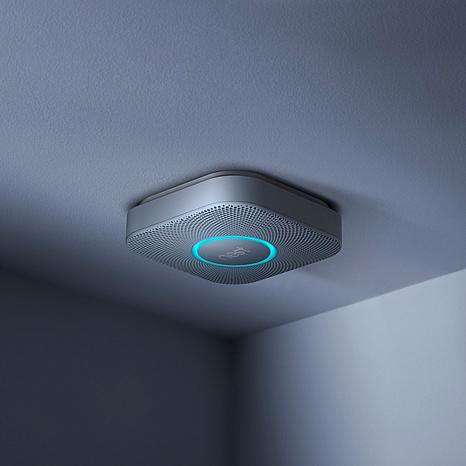Troubleshooting your furnace blower motor
A furnace blower motor is one of the most important components in your gas or oil furnace. Consider that the purpose of gas furnace is to warm the home, and realize that it is the blower motor that actually takes that heat and directs it from the very isolated, insulated furnace and in to the actual home. If you’re having problems with the blower motor, you’re not only left wanting for heating in your home, but you’re wasting energy as any gas you burn and heat your furnace creates that isn’t actually channeled in to the house that needs it is pointless.
Basic Troubleshooting
One of the most common problems is that the blower motor makes a humming sound. If this is the case, then the first thing you should do is turn off your motor and allow it to cool. When it has cooled down to a safe temperature, check the motor. Like with many devices that are in motion regularly, the humming could be the result of something as simple as improper lubrication.
Humming at Slow Speeds
When your furnace blower has warmed your house to the set temperature, it begins to run on a slower speed. This is a normal energy saving mechanism that the motor is supposed to employ. But if your blower motor slows down unusually and makes a humming sound when it has slowed down, it might be due to a fault in the capacitor and the motor.
Check your motors amperage draw using a tool that reads electrical current such as a multi meter and then check the rating on the plate of your motor to see how much is required. If the draw is more than the required amount, it’s an indication that your motor is working extra hard just to work normally. You will have to replace the motor and the capacitor. This problem in your blower motor may have been caused by dust and dirt in your filter. An unclean and blocked filter makes the motor work harder to push out air. Make sure you check and clean the filter regularly to avoid this kind of problem from recurring.
If your furnace blower motor hums when it’s switched on but at the same time does not actually turn, the capacitor may be damaged. This problem of getting a humming noise along with little to no spinning is very common with motors that do not have good quality capacitors. You should replace the capacitor with a good one and the blower motor will work smoothly. Once again, this may initially trace back to a simple blocked filter.
If your motor does not run even after replacing the capacitor, it is most likely that the unit overheated. You should reset the safety buttons located at the side of the unit.
Humming When the Blower is Off
This is usually caused by the wrong adjustment of the pilot light of your blower. Readjusting it to an appropriate level should solve this issue.
Humming When the Blower is On
If your gas burners are dirty, they will give out a low sound that may sound like something between a low rumble and a hum. Cleaning, adjusting or replacing them will make the irritating sound go away.
If you don't feel comfortable performing the diagnostic steps, please give us a call, so one of our trained technicians can make sure your system is running safely and efficiently. Self Heating and Cooling 678-909-6377












